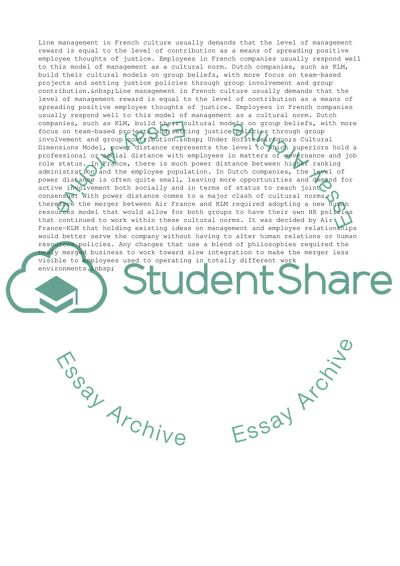Cite this document
(The Realities of Internal and External Culture: Air France KLM Case Study, n.d.)
The Realities of Internal and External Culture: Air France KLM Case Study. Retrieved from https://studentshare.org/business/1735740-french-company
The Realities of Internal and External Culture: Air France KLM Case Study. Retrieved from https://studentshare.org/business/1735740-french-company
(The Realities of Internal and External Culture: Air France KLM Case Study)
The Realities of Internal and External Culture: Air France KLM Case Study. https://studentshare.org/business/1735740-french-company.
The Realities of Internal and External Culture: Air France KLM Case Study. https://studentshare.org/business/1735740-french-company.
“The Realities of Internal and External Culture: Air France KLM Case Study”, n.d. https://studentshare.org/business/1735740-french-company.


